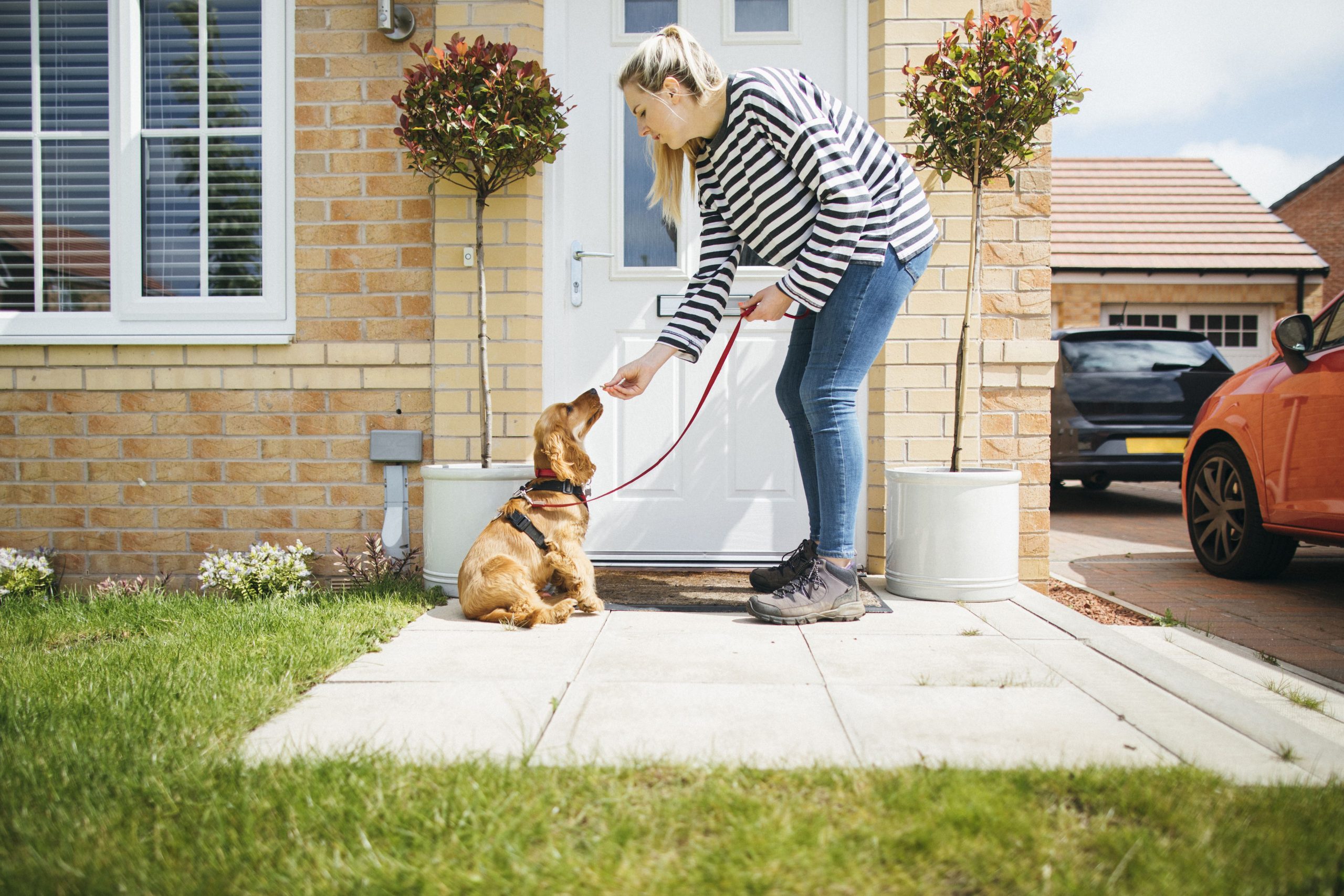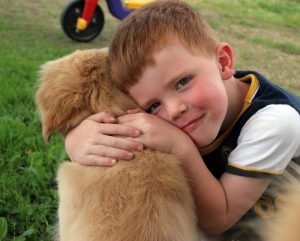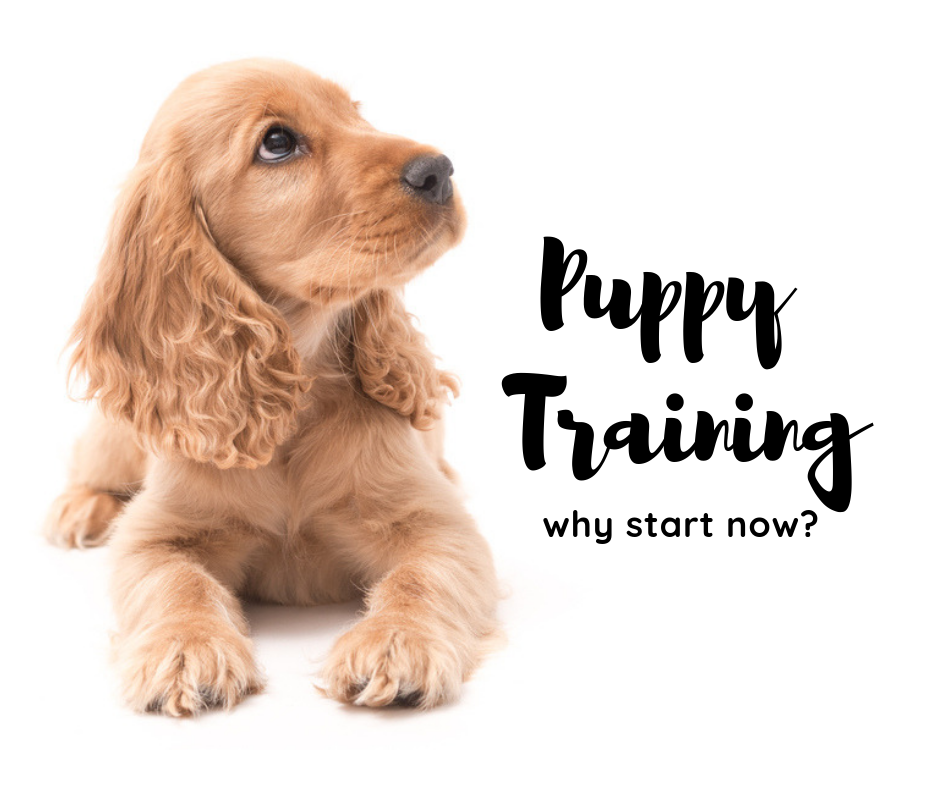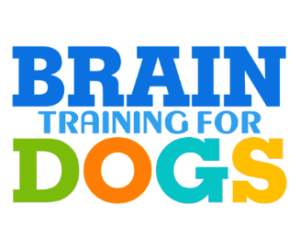Article-at-a-Glance
- Early brain training sets puppies up for a lifetime of learning and good behavior.
- Simple games like name recognition can significantly boost a puppy’s cognitive skills.
- Interactive play enhances problem-solving abilities and strengthens the owner-puppy bond.
- Advanced training techniques like agility can improve both mental and physical health.
- Consistent, positive training methods lead to a well-behaved and obedient dog.
Why Brain Training Matters for Your Puppy’s Future
Just like kids, puppies have an incredible capacity for learning. In fact, their early months are critical for setting up a foundation of good behavior and intelligence that will last a lifetime. That’s why brain training for your furry friend isn’t just a fun pastime – it’s a crucial part of their development. By stimulating their mind early on, you’re not only preventing future behavioral problems but also unlocking their hidden potential for obedience and tricks. And let’s face it, who doesn’t want a dog that’s both smart and well-behaved?
Core Benefits of Early Cognitive Development
When you engage in brain training with your puppy, you’re doing more than teaching them tricks; you’re enhancing their cognitive development. This means better memory, improved attention, and a stronger ability to solve problems. These skills are invaluable throughout a dog’s life and can make everything from obedience training to adapting to new environments much smoother. Besides that, mental stimulation can prevent boredom and the destructive behaviors that often come with it.
Here’s the thing: the more you work with your puppy’s brain, the more it grows – literally. Their neural pathways develop with each new challenge, making them quicker learners. So, not only does brain training make your puppy smarter, it actually changes the structure of their brain for the better.
Setting the Stage for a Lifetime of Learning
Think of your puppy’s brain like a sponge, ready to soak up all the learning you can provide. By starting their education early, you’re setting the stage for a dog who’s more adaptable, confident, and eager to please. This isn’t just about having a party trick up your sleeve; it’s about nurturing a well-rounded companion who thrives in any situation.
Therefore, let’s get into the how-to of puppy brain training. We’ll start with the basics and build up to more advanced techniques that will keep your pup’s tail wagging and their neurons firing!
Foundational Exercises for Puppy Brain Boost
Before you can run, you have to walk – and the same goes for your puppy’s brain training. These foundational exercises lay the groundwork for more complex tasks and provide a great way for you and your pup to bond.
Name Recognition and Response
It might seem simple, but teaching your puppy to recognize and respond to their name is a fundamental brain training exercise. It’s the first step in getting their attention for further training. Here’s how to do it:
- Start in a quiet room without distractions.
- Say your puppy’s name in a clear, upbeat tone.
- When they look at you, immediately reward them with a treat or praise.
- Repeat this multiple times, gradually increasing the level of distraction.
Most importantly, keep these sessions short and sweet. Puppies have short attention spans, so you want to end on a high note with them eager for more.
The Puppy Puzzle Challenge
Engaging your puppy’s problem-solving skills early on can make a big difference in their development. Puzzle toys are a great way to do this. They come in various shapes and sizes, with the common goal of challenging your puppy to figure out how to get to the tasty treat inside. Not only do these toys provide mental stimulation, but they also teach patience and persistence.
Start with simple puzzles and as your pup gets the hang of it, introduce more complex ones. The sense of achievement they get from solving the puzzle is a great confidence booster!
Introduction to Basic Commands
Basic commands like ‘sit’, ‘stay’, ‘come’, and ‘down’ are more than just obedience training – they’re a form of brain training that teaches your puppy to listen and respond. Here’s a step-by-step guide to teaching ‘sit’:

- Hold a treat close to your puppy’s nose.
- Move your hand up, allowing their head to follow the treat and causing their bottom to lower.
- Once they’re in the sitting position, say “sit”, give them the treat, and share some affection.
- Repeat this sequence a few times every day until your puppy has it mastered.
Remember to always use positive reinforcement. This means rewarding the behaviors you want to encourage and avoiding punishment for those you don’t. Positive reinforcement not only makes training more enjoyable for your puppy but also cements the learning more effectively.
Toy Teaching and Retrieval Games
Retrieval games are not just a way to burn off your puppy’s boundless energy—they’re also an excellent method for enhancing their cognitive abilities. By teaching your pup to fetch, you’re training them to follow directions, improve their memory, and develop their problem-solving skills.
Start by choosing a toy that your puppy loves. Toss it a short distance away and say “fetch”. When your puppy grabs the toy, use a happy voice to encourage them to bring it back to you. If they return with the toy, offer a treat and lots of praise. If they don’t, guide them back to you with the toy and reward them. Gradually increase the distance and complexity of the retrieval as they get better at the game.
Hide-and-Seek: Scent Tracking Edition
Hide-and-seek is not only a fun game, but it’s also a great way to develop your puppy’s scent tracking abilities. Start by having your puppy stay while you hide in another room. Then call their name once and wait for them to find you. Celebrate with lots of praise and a treat when they do. As they become a pro at finding you, hide treats or their favorite toy around the house to encourage their scent tracking and problem-solving skills.
Building on the Basics: Advanced Training Techniques
Once your puppy has mastered the basics, it’s time to introduce more advanced brain training techniques. These will challenge them further, ensuring that their cognitive abilities continue to grow. This part of training is crucial because it builds on the foundation you’ve set and pushes your puppy to learn even more complex skills.
Mastering Complex Commands
Teaching your puppy complex commands is a great way to increase their mental agility. Start with a basic command they already know, like ‘sit’. Then, add a new layer to it, such as ‘sit’ before getting their leash put on for a walk. This not only reinforces the initial command but also adds a new association. With practice, your puppy will learn to anticipate what’s expected of them, which is a sign of advanced cognitive processing.
Agility Training for Mental and Physical Fitness
Agility training is not just about physical exercise; it’s a mental workout too. Navigating an obstacle course requires concentration, problem-solving, and memory—all cognitive skills. Start with simple obstacles like a tunnel or a low jump. Guide your puppy through the course with treats and encouragement. As they get the hang of it, you can combine commands with the course to make it more challenging.
Agility training is beneficial for puppies because it uses a combination of physical activity and mental focus, leading to a tired but happy dog at the end of a session.
Impulse Control and Patience Practices
Impulse control is a critical aspect of your puppy’s cognitive development. It’s the ability to resist the urge to do something immediately in response to a trigger. To teach this, start with a treat in your hand. Close your hand around the treat and let your puppy sniff but not eat it. Once they stop sniffing and licking, give them the treat and praise them. As they get better, increase the time before you give them the treat. This teaches patience and self-control, which are important for good behavior.
Remember, the goal is to challenge your puppy, but not to frustrate them. Keep training sessions short, positive, and end on a good note.
Realizing the Benefits: Transformed Behavior and Bonding

As you continue with these brain training techniques, you’ll start to see a transformation in your puppy’s behavior. They’ll become more attentive, responsive, and eager to please. This isn’t just good news for your slippers, which will no longer be chewed up—it’s also a sign that your puppy is becoming a well-adjusted and intelligent dog.
And there’s more to it than just behavior. Brain training strengthens the bond between you and your puppy. The time you spend together during these activities is building trust and affection, making you an inseparable team.
“A well-trained dog is not only a happy dog but also a beloved member of the family. The time invested in training is time spent building a lifetime of memories and an unbreakable bond.” – A Renowned Dog Trainer
So, as you teach your puppy to navigate an agility course or to wait patiently for a treat, you’re also teaching them to trust and rely on you. This connection is the real reward of puppy brain training.
From Chaos to Calm: The Behavioral Shift
One of the most satisfying parts of puppy brain training is watching your once hyperactive bundle of fur learn to control their impulses and behave calmly. This behavioral shift is crucial for a peaceful coexistence with your pup, especially in social situations or when they’re home alone.
Strengthening Your Connection Through Training
Every “sit”, “stay”, or “come” that’s followed by a treat and your warm praise reinforces your puppy’s trust in you. They learn that listening to you leads to good things, and this understanding is the cornerstone of a strong, lifelong bond. So, while you’re training your puppy’s brain, you’re also training their heart to see you as their leader and protector.
Unlock Your Puppy’s Hidden Potential
Every puppy has hidden potential waiting to be discovered. With the right approach to brain training, you can unlock their innate intelligence and watch them grow into a capable and confident dog. It’s about more than just teaching commands; it’s about opening a world of communication between you and your puppy.
Advanced Intelligence Techniques You Can Start Today
To tap into your puppy’s hidden intelligence, introduce advanced training techniques that go beyond the basics. Teach them to differentiate between toys by name, which not only sharpens their memory but also their ability to understand language. Another technique is to set up a series of cups, with a treat under one, and then shuffle them around. Encourage your puppy to find the treat, which enhances their problem-solving skills.
These techniques might sound complex, but they’re just a step up from the basics you’ve already been working on. The key is to introduce them gradually and always turn training into a positive experience.
How Consistency Shapes Quick Learners
Consistency is the golden rule of puppy brain training. It’s what turns sporadic success into reliable behavior. This means setting regular times for training sessions, using consistent commands, and providing predictable rewards. With consistency, your puppy will learn faster and retain what they’ve learned more effectively.
Remember, training is not a one-time event but a continuous process. Keep challenging your puppy with new tasks, and they’ll keep surprising you with their ability to learn and adapt.
Continuing with the theme of unlocking your puppy’s potential, let’s dive into how ongoing learning and training strategies can secure the best future for your furry friend.
Securing the Best Future for Your Furry Friend
The key to a bright future for your puppy lies in continuous brain training and development. Like building a house, every new skill learned adds another brick to the structure of their personality and behavior. Your commitment to their growth not only fosters intelligence but also cements your place as a caring and responsible pet owner.
Continued Learning: The Path to a Well-Rounded Pup
Continued learning is essential for keeping your puppy engaged and mentally stimulated. This doesn’t end with basic commands or puppy puzzles. It’s about creating an environment where learning is part of their daily routine. Incorporate training into playtime, walks, and even meal times. The goal is to have a well-rounded pup who is as eager to learn at one year old as they were at one month old.
Adrienne Farricelli’s Proven Training Strategy at a Click
For those looking to take their puppy’s brain training to the next level, Adrienne Farricelli’s training strategy is a click away. Adrienne, a professional CPDT-KA certified dog trainer, has crafted a comprehensive training system that focuses on developing a dog’s “Hidden Intelligence”. Her approach is designed to eliminate bad behavior and create an obedient, well-behaved pet through force-free, gentle methods. You can learn more about her proven strategies and how they can transform your dog’s behavior here.
FAQs on Puppy Brain Training
When it comes to puppy brain training, there are always plenty of questions. Let’s tackle some of the most common queries to give you the confidence you need to start your puppy on the path to cognitive excellence.
At What Age Should I Start Brain Training My Puppy?
The best time to start brain training is as soon as your puppy comes home with you. Puppies are able to start learning from about 7 weeks of age. Starting early taps into your puppy’s natural curiosity and learning ability, setting the stage for quicker and more effective training.
How Many Minutes Per Day Should I Spend on Brain Training?
Short, frequent training sessions are best for young puppies. Aim for about 5 to 10 minutes at a time, several times a day. As your puppy grows and their attention span increases, you can gradually lengthen the training sessions. The key is to keep them engaged and to end each session before they lose interest.
Can Brain Training Help with My Puppy’s Destructive Behavior?
Absolutely. Many destructive behaviors stem from boredom and excess energy. Brain training provides mental stimulation that can tire out your puppy just as effectively as physical exercise. When your puppy’s mind is engaged, they’re less likely to seek out inappropriate ways to entertain themselves.
Is It Ever Too Late to Start Brain Training?
It’s never too late to start brain training. While it’s ideal to begin when your dog is a puppy, older dogs can still learn new tricks and improve their behavior. The approach might require more patience and consistency, but the results are just as rewarding.
How Can I Tell If My Puppy Is Intelligent?
Intelligence in puppies can be shown in various ways. Some may learn commands very quickly, while others are more curious and persistent in solving problems. Remember, every puppy is unique, and their intelligence can manifest in different areas. The best way to discover your puppy’s intelligence is through ongoing training and engagement.


